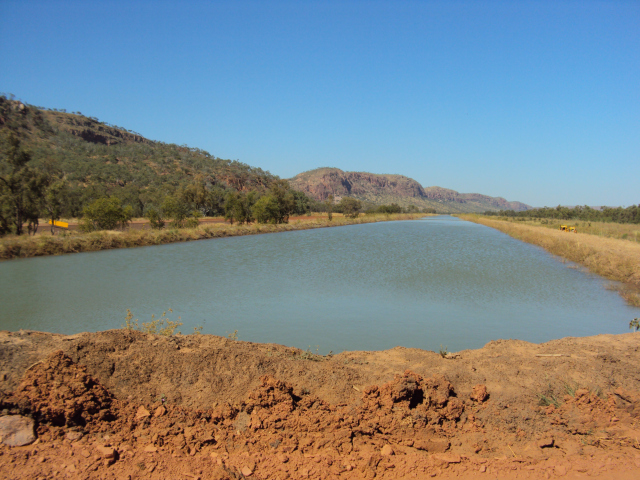More timely benefits of increased CO2, from co2science.
In a timely and most interesting paper, Deryng et al. (2016) report that rising atmospheric CO2 concentrations are expected by many to enhance photosynthesis and reduce crop water use,” but they write that “there is high uncertainty about the global implications of these effects for future crop production and agricultural water requirements under [projected] climate change.” Thus, they go on to combine the results obtained for networks of field experiments and global crop models in order to derive a global perspective on crop water productivity (CWP) — which is the ratio of crop yield to evapotranspiration — for wheat, maize, rice and soybeans under elevated CO2 and the associated climate change that is typically projected for a high-end greenhouse-gas emissions scenario. And what did they learn by so doing?
This exercise suggested, as the sixteen scientists report, that “the projected increase in the air’s CO2 concentration would likely increase global CWP by 10-27% by the 2080s, with particularly large increases in arid regions (by up to 48%, for example, in the case of rain-fed wheat).” And they add that “if realized in the fields,” the effects of elevated CO2 could considerably mitigate global yield losses while reducing agricultural consumptive water use by 4-17%.
In closing, the four US and twelve European researchers write that their findings “quantify the importance of CO2 effects on potential water savings and, in so doing, highlight key limitations of global hydrological models that do not consider effects of CO2 on evapotranspiration.” And, therefore, they further state that their results “demonstrate the need to expand field experiments and encourage greater consistency in modelling the effects of rising CO2 across crop and hydrological modelling communities,” which efforts would likely suggest potentially positive outcomes.
(My bold) Paper Reviewed
Deryng, D., Elliott, J., Folberth, C., Muller, C., Pugh, T.A.M., Boote, K.J., Conway, D., Ruane, A.C., Gerten, D., Jones, J.W., Khabarov, N., Olin, S., Schaphoff, S., Schmid, E., Yang, H. and Rosenzweig, C. 2016. Regional disparities in the beneficial effects of rising CO2 concentrations on crop water productivity. Nature Climate Change 6: 786-790.
Rainfall has been amazing across Australia for a decade now, ever since ‘climate activist’, Tim Flannery, declared Australia’s new permanent drought in 2007. So, this information is useful for the next drought period.
How Four Plant Species of Australia Respond to Declining Rainfall (10 February 2017)
It is believed by many that a decline in rainfall must ultimately drive various plant species from regions where they currently are found. But such may not always be the case. In fact, it may well be the exception…

Ord River irrigation channel
“Glassy-eyed” Leftists are hell-bent on destroying productivity with their insane carbon policies.
Update. Somebody should tell them, CO2 is not pollution, but a highly beneficial molecule that benefits us all. Oh, wait, they’ve already been told!
Share this:- More





